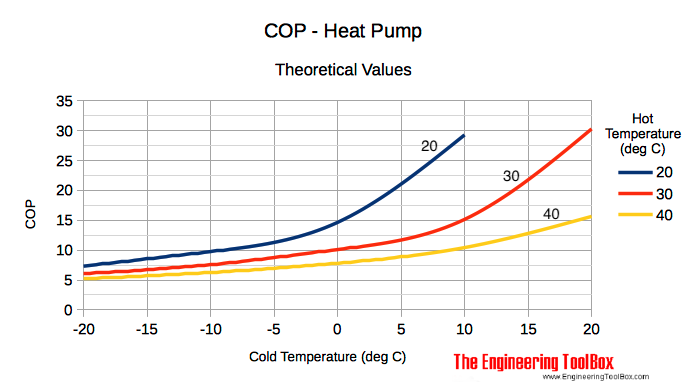List the energy tariffs for your boiler (e.g. a gas or oil tariff) and the “grid” (electricity) under their respective keys:
"energy": {
"boiler": {
. . .
. . .
},
"grid": {
. . .
. . .
},
}
},Add an array of tariffs inside each of “boiler” and “grid” according to the months they apply, by time of day and whether import of export.
For “boiler”, use a single import only tariff across all months, with a single “standard” time band throughout the day.
“grid” may contain muliple tariffs, broken in by “off_peak”, “standard”, “peak” time bands throughout the day. For example, houses with both heat pump and solar pv renewable components can benefit from heat pump friendly tariffs in the winter, and export friendly ones at during spring, summer and autumn.
To describe each tariff:
- add a “name” for it;
- add an array “months” containing the month numbers (1:Jan, 2:Feb etc) for which each tariff applies. Include, without duplicating, a tariff for each month;
- include an “import” object describing its cost where:
- “hours”: is a list of hours using the 24 clock corresponding to when a time band commences: “off_peak”, “standard” or “peak”. Include the commencing band at the beginning of the day (“0”). In the below example, the “standard” grid import tariff is between midnight and 2am, 5am to 4pm and 7pm to midnight;
- “bands_gbp_per_kwh”: is a list of the named tariffs and their costs per kilowatt hour;
- “limit_kw”: the maximum power rate at which you can import this energy source, if there is one.
- include an “export” object describing its sale price if the energy type can be exported (e.g. “grid”):
- “hours”: same as above, except for export;
- “bands_gbp_per_kwh”: same as above, except for export;
- “limit_kw”: same as above, except for export.
- “gbp_per_day” is a flat daily rate, if there is one;
- “inflation_real_pa” forecasts for how the energy price1 will inflate2.
For example:
"energy": {
"boiler": {
"tariffs": [
{
"name": "Heating oil",
"months": [1,2,3,4,5,6,7,8,9,10,11,12],
"import": {
"hours": {
"0": "standard"
},
"bands_gbp_per_kwh": {
"standard": 0.055
}
}
}
],
"inflation_real_pa": 0.03
},
"grid": {
tariffs": [
{
"name": "Octopus Flux Import, Export",
"months": [3,4,5,6,7,8,9,10],
"import": {
"hours": {
"0": "standard",
"2": "off_peak",
"5": "standard",
"16": "peak",
"19": "standard"
},
"bands_gbp_per_kwh": {
"off_peak": 0.1634,
"standard": 0.2724,
"peak": 0.3814
},
"limit_kw": 24.0
},
"export": {
"hours": {
"0": "standard",
"2": "off_peak",
"5": "standard",
"16": "peak",
"19": "standard"
},
"bands_gbp_per_kwh": {
"off_peak": 0.0474,
"standard": 0.1332,
"peak": 0.266
},
"limit_kw": 8.5
},
"gbp_per_day": 0.4155
},
{
"name": "Octopus Cosy - SEG",
"months": [1,2,11,12],
"import": {
"hours": {
"0": "standard",
"4": "off_peak",
"8": "standard",
"13": "off_peak",
"16": "peak",
"19": "standard",
"22": "off_peak"
},
"bands_gbp_per_kwh": {
"off_peak": 0.1272,
"standard": 0.2594,
"peak": 0.3891
},
"limit_kw": 24.0
},
"export": {
"hours": {
"0": "standard"
},
"bands_gbp_per_kwh": {
"standard": 0.041
},
"limit_kw": 8.5
},
"gbp_per_day": 0.4155
}
],
"inflation_real_pa": 0.0
}
},- I.e. “bands_gbp_per_kwh” and “standing_gbp_per_day. ↩︎
- Being neither politician nor economist, your crystal ball is as good as mine. Personally, I assume that electricity inflation will lag fossil fuel inflation by 3 percent per annum based upon long range price trends in previous years, that today’s electricity prices are higher and tied more to wholesale gas prices compared to the rest of Europe and the UK Government’s professed commitment to net-zero. ↩︎
